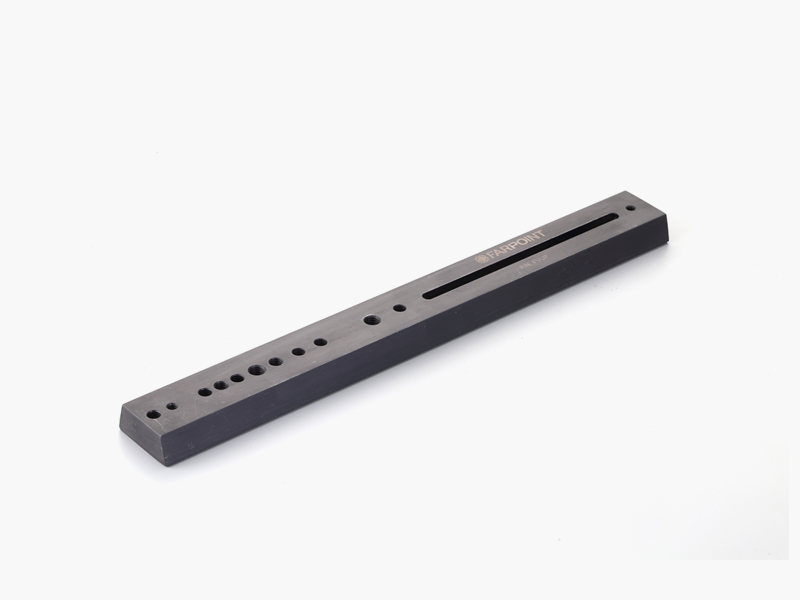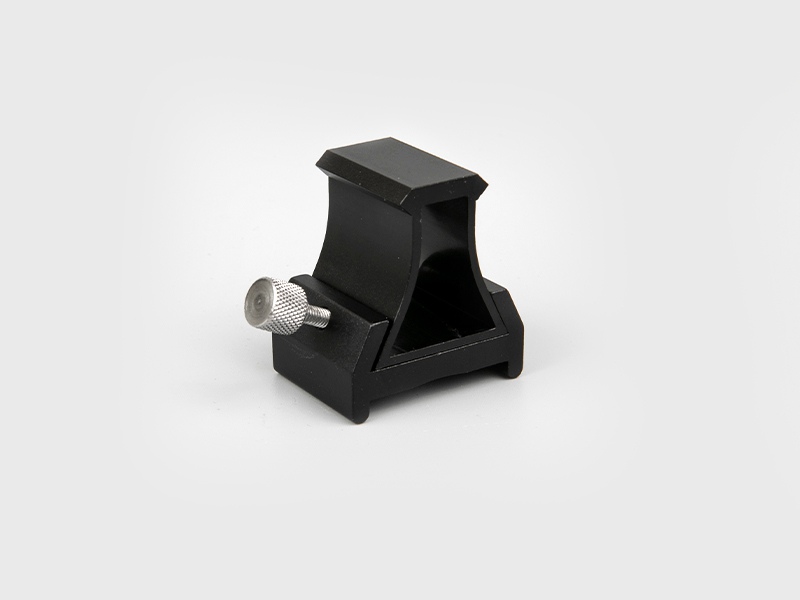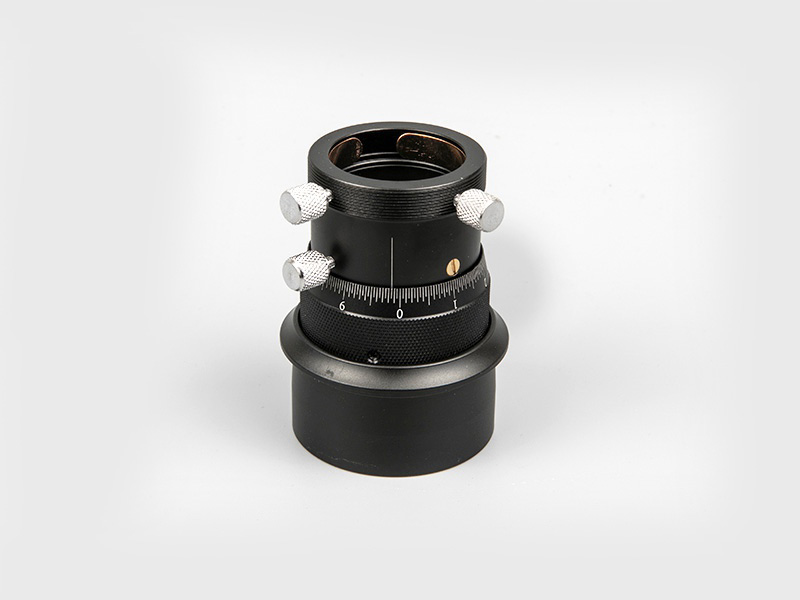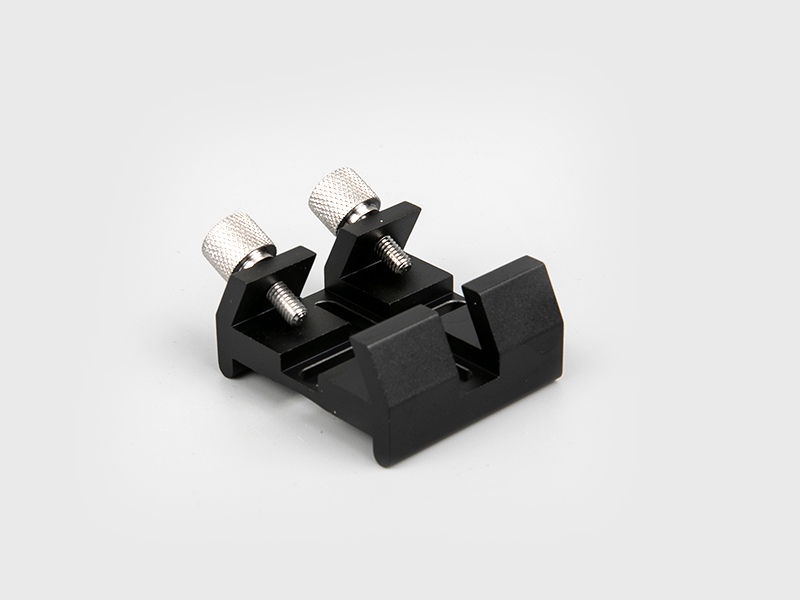①Aperture: The effective aperture of the objective lens determines the performance of the telescope in theory. The larger the aperture, the stronger the light-gathering ability, the higher the resolution, and the larger the available magnification.
②Light-gathering power: light-gathering ability, the ratio of the amount of light received by the telescope to the amount of light received by the naked eye. The human pupil is about 7mm in diameter when it is fully open. A telescope with a diameter of 70mm has a light-gathering power of 70/7=100 times.
③ Resolution: the ability of the telescope to distinguish the details of the image. Resolution is mainly related to aperture
④Magnification: the ratio between the focal length of the objective lens and the focal length of the eyepiece. For example, the pioneer 60/700 astronomical telescope, using H10mm eyepiece, the magnification = the focal length of the objective lens 700mm / the focal length of the eyepiece 10mm = 70 times; the larger the magnification, the more the image you see. big. The magnification is not as large as possible. The maximum available magnification is generally not greater than 1.5 times the number of millimeters in diameter. After the maximum effective magnification is exceeded, the image becomes larger but the clarity will not increase.
Refractor Telescope with Dual Speed Focuser
Product Description
The Astronomical Telescope has outstanding optics, high-quality mechanical components. Fitted with achromatic glass for good edge-to-edge viewing, fully multi green coated lens maximize light transmission eliminating false color. The 2 inch Rotatable Crayford Double speed focuser, for smooth operation, great feel and precise adjustability. This is a good telescope provides for astrophotography visual observers or nature watchers.
Features:
- High contrast and sharp images
- Optical Design: Refractor
- Caliber: 80mm
- Optic Coated: FMC
- Focal Length: 800mm
- Focal Ratio: F/10
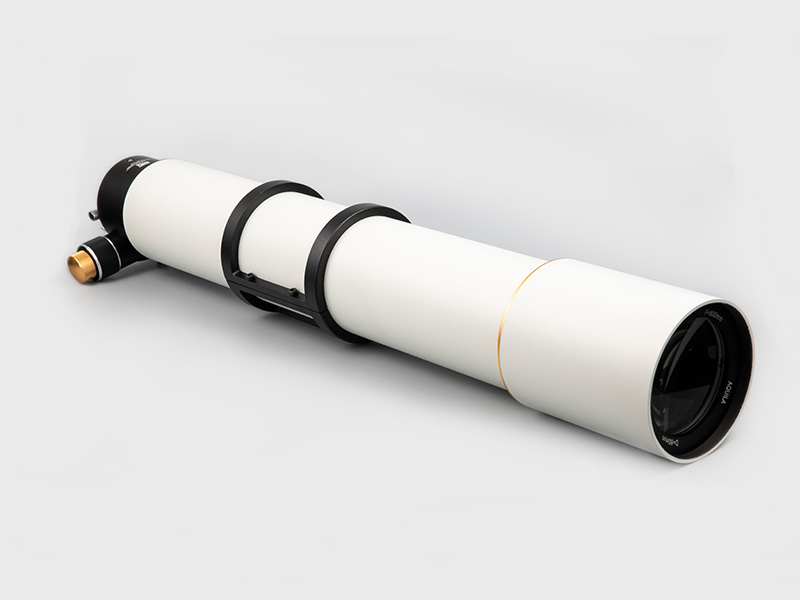
⑤ Focal ratio: the ratio of the focal length of the objective lens to the aperture, which is equivalent to the aperture on the camera lens. If the aperture remains the same, the longer the focal length of the objective lens, the larger the focal ratio, and the higher the magnification can be easily obtained; the shorter the focal length of the objective lens, the smaller the focal ratio, it is not easy to obtain a higher magnification, but the image is brighter and the field of view is larger. Short focal length lens (small focal ratio, focal ratio <=6): suitable for observing nebulae, looking for comets; long focal length lens (large focal ratio, focal ratio> 15): suitable for observing the moon and planets * Medium focal length lens (medium focal length) ratio, 6<; focal ratio<=15): suitable for observing double stars, multi-stars, variable stars and star clusters, and can take both ends, which is very suitable for beginners.
⑥ Field of view: The angle of the sky area imaged by the telescope in the eyes of the observer, also known as the field of view. The higher the magnification, the smaller the field of view.
⑦Limited magnitude: It is the Z-dark magnitude that the telescope can observe, which is mainly related to the aperture and focal ratio. People with normal vision can see 6th-magnitude stars in the dark and transparent air, while the light-gathering power of a 70mm telescope is 100 times that of the naked eye, and can see 11th-magnitude stars that are five more dimmer than the 6th-magnitude star. Equal stars.

 English
English 日本語
日本語 Deutsche
Deutsche España
España

